How To Connect Dual 4K and 1080p Monitors Seamlessly Step-by-Step

What To Know
- Ensure your graphics card has at least two video output ports (HDMI, DisplayPort, VGA, or DVI) and supports high-resolution output for dual 4K and 1080p monitors.
- Connect each monitor using suitable cables, like DisplayPort for 4K and HDMI for 1080p, based on the ports available on your graphics card and monitors.
- Configure display settings by right-clicking on your primary monitor, selecting Extend these displays, and adjusting resolution and orientation as per your preference.
In this guide, I will teach you how to connect dual 4K and 1080p monitors seamlessly for an effective work setup.
I tested this setup with 4K and FHD monitors on my PC, ensuring that you can achieve the same desired result after following my guide.
Let’s get started!
Quick Navigation
Requirements to Connect Dual 4K and 1080p Monitors
You can set up your PC to work with both a 4K and a 1080p monitor at the same time.
However, there are three things you need to check first:
1. Make sure your PC’s graphics card should have at least two video output ports that match the video input ports on your monitors.
Usually, modern graphics cards and monitors use connections like HDMI and DisplayPort.
However, some older models might use VGA and DVI connections.
Depending on the types of connections your graphics card and monitors have, you’ll need to pick the right cables for your setup.
For instance, my graphics card has one HDMI port and three DisplayPorts, allowing me to connect one monitor with an HDMI cable and the other with a DisplayPort cable.
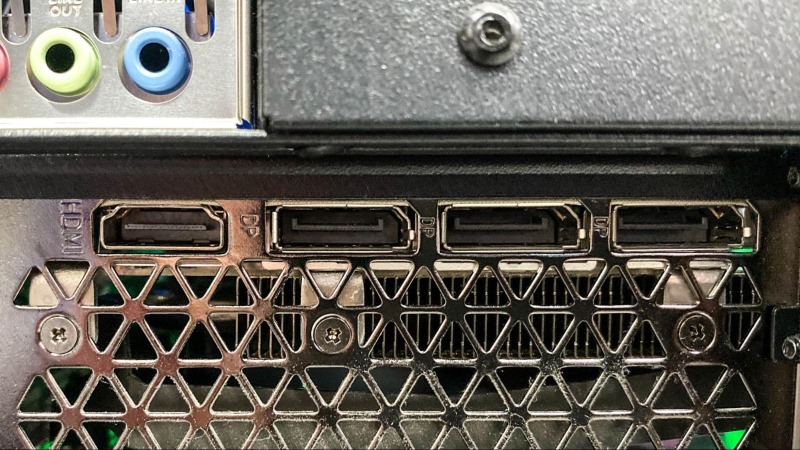
Most 4K monitors these days, like the LG 27UP600-W that I’m using for this example, have a DP (DisplayPort) input port.
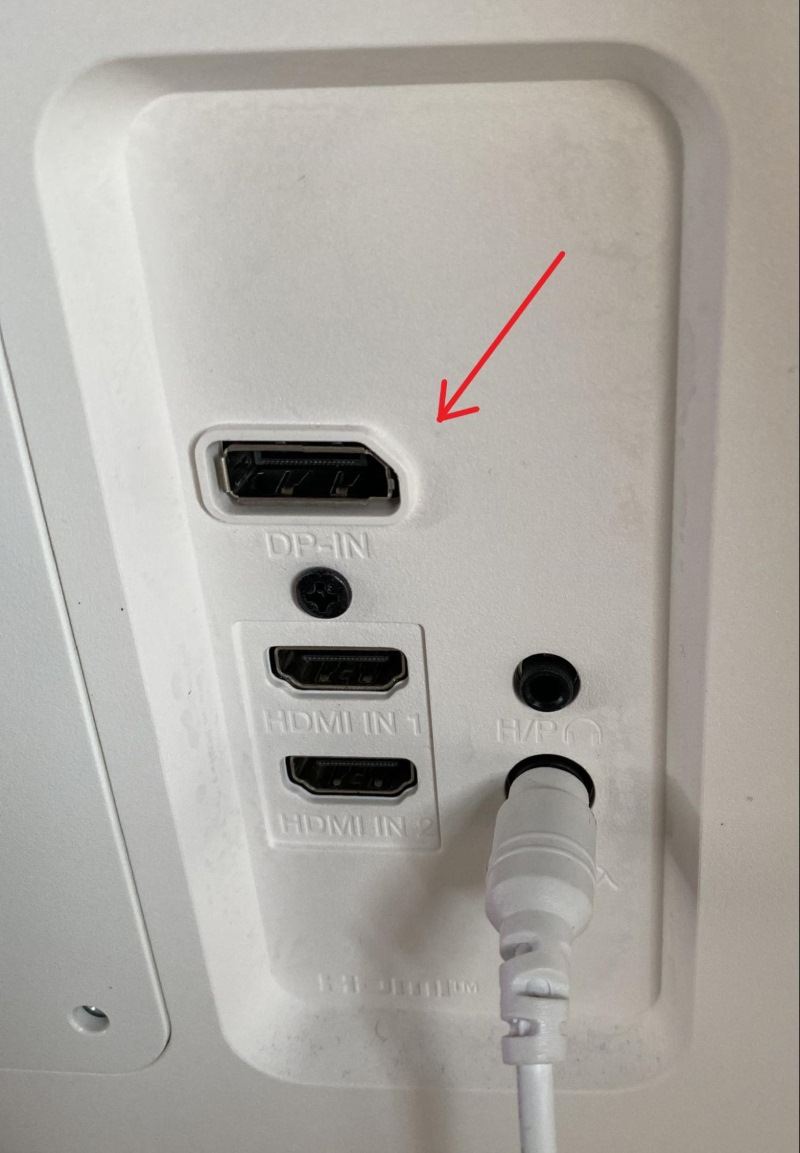
2. Also, verify that your graphics card is capable of outputting 4K video smoothly.
You can find this information on the manufacturer’s website.
In my case, I have the ZOTAC GAMING GeForce RTX 3060 Ti Twin Edge.
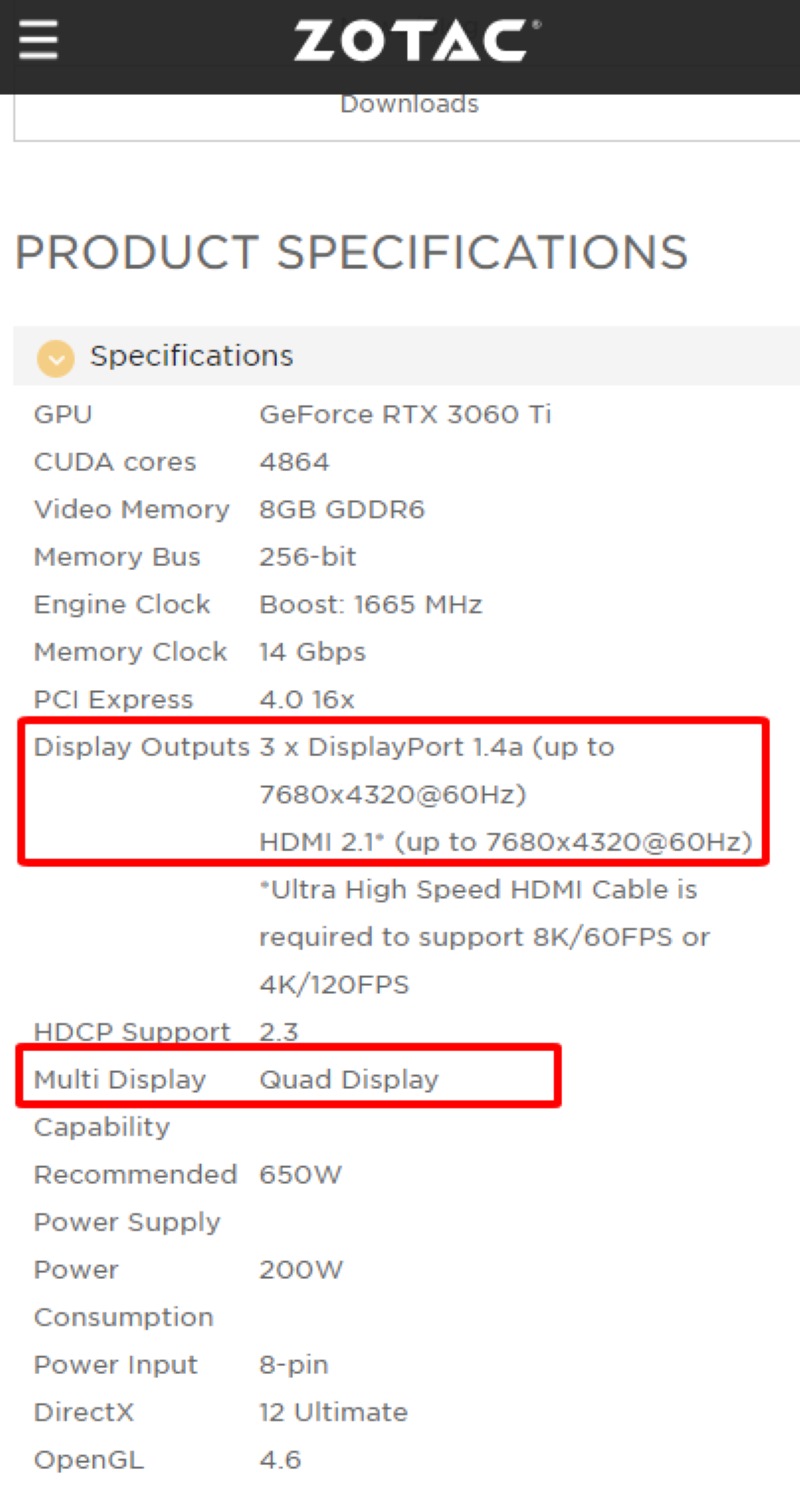
This card features three DP 1.4 ports and one HDMI 2.1 port, all supporting resolutions up to 8K at a 60 Hz refresh rate.
3. Lastly, check if your graphics card supports using multiple displays at once.
Based on the specifications mentioned above, my graphics card also outputs up to four displays simultaneously (Quad Display).
This means I can confidently set up a dual-monitor system with one 4K and one FHD monitor without any issues.
How to Properly Set Up Dual Monitors (4K and 1080p)
Setting up dual monitors, one being a 4K and the other a 1080p, can really enhance your computer experience, and it’s not as complicated as it might seem.
I’ll demonstrate how to connect a dual-monitor setup using a CM2406H FHD monitor and an LG 27UP600-W 4K monitor with my desktop computer.
Here’s a step-by-step walkthrough:
Step 1: Connect your first monitor to the computer.
My primary monitor is the LG 27UP600-W 4K.
I used a DisplayPort cable to link the DisplayPort output on my computer to the monitor’s DisplayPort input.
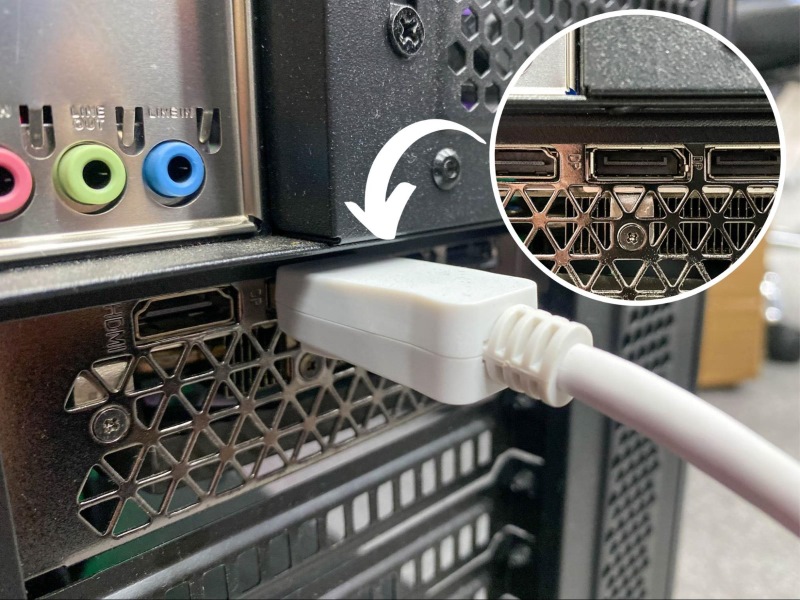
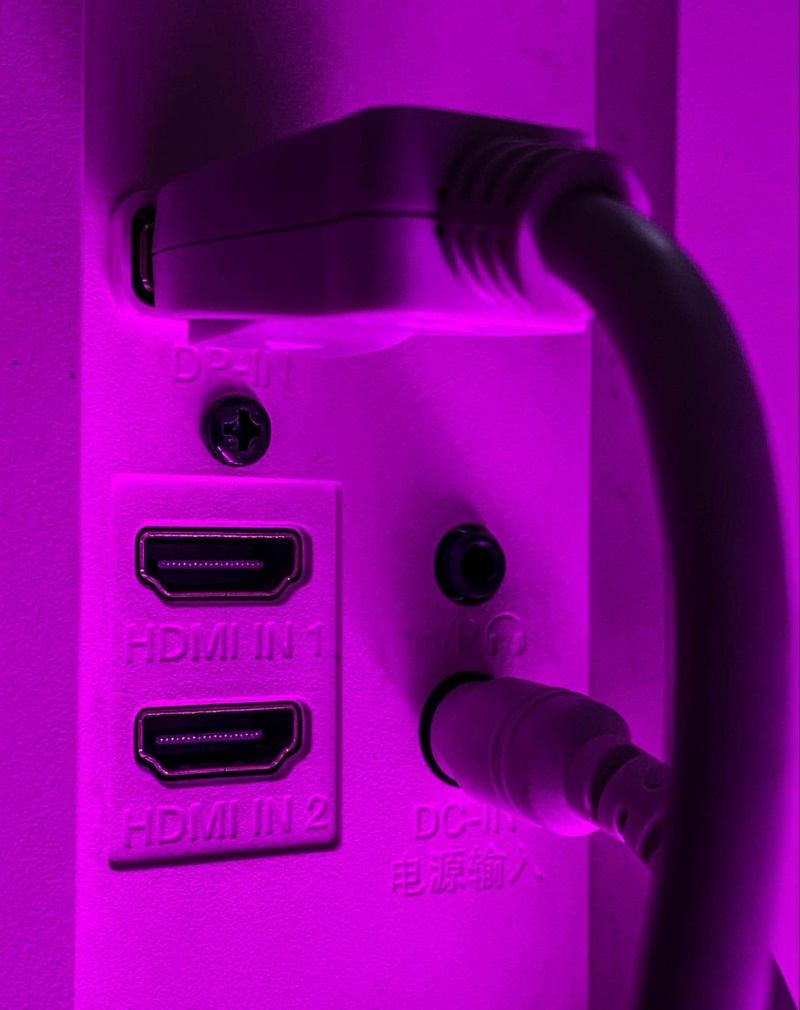
If your computer doesn’t have a DisplayPort but has an HDMI port, just use an HDMI cable instead.
Once connected, make sure to adjust your monitor’s settings to the right input, like selecting DisplayPort or HDMI, depending on which cable you used; in my case, I selected the DisplayPort option.

Step 2: Connect your second monitor to the computer.
For my secondary display, the CM2406H FHD monitor, I used an HDMI cable connecting the computer’s HDMI output to the monitor’s HDMI input.

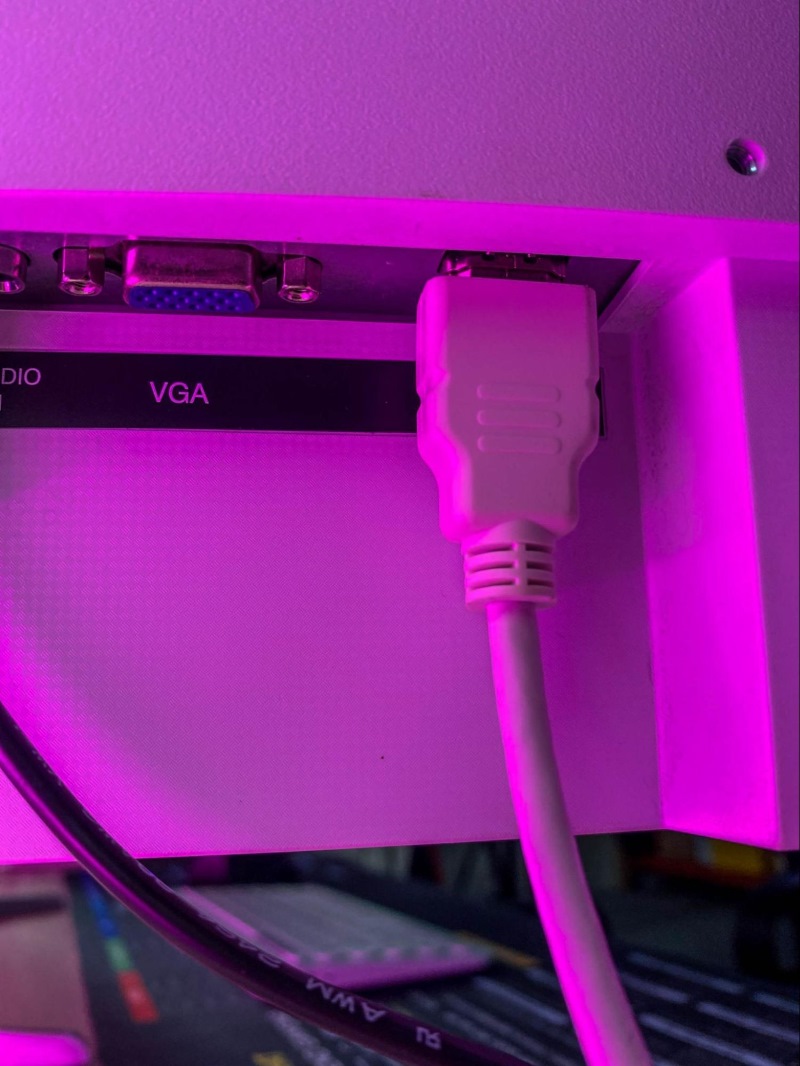
Just like before, check that the monitor is set to the HDMI input.
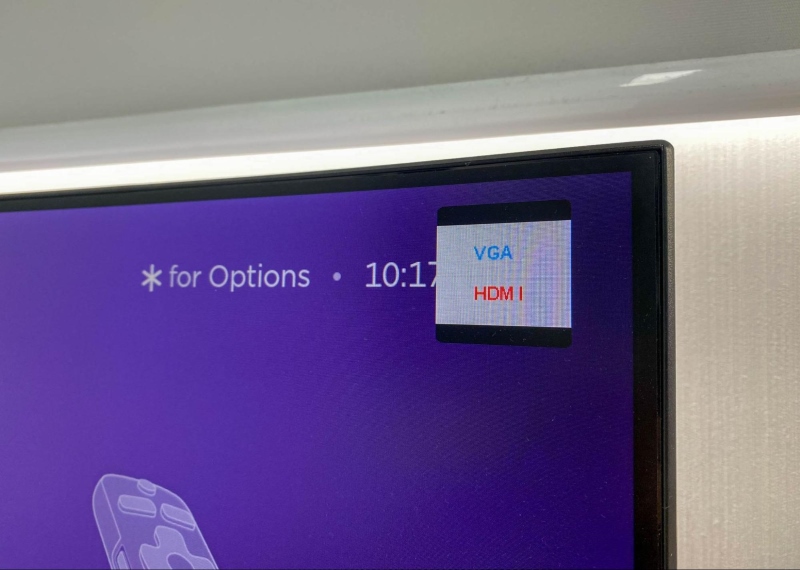
Step 3: Now that both monitors are connected, it’s time to tweak some settings on your computer.
On your primary monitor, right-click on the desktop and choose Display settings.
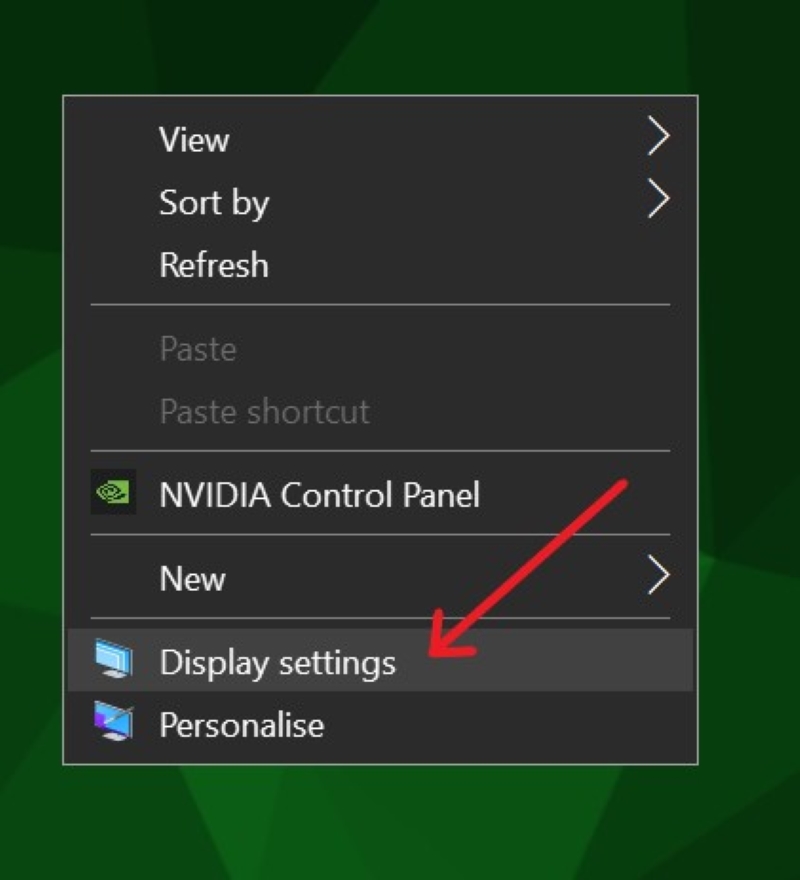
Step 4: Navigate to Multiple displays, and select Extend these displays.
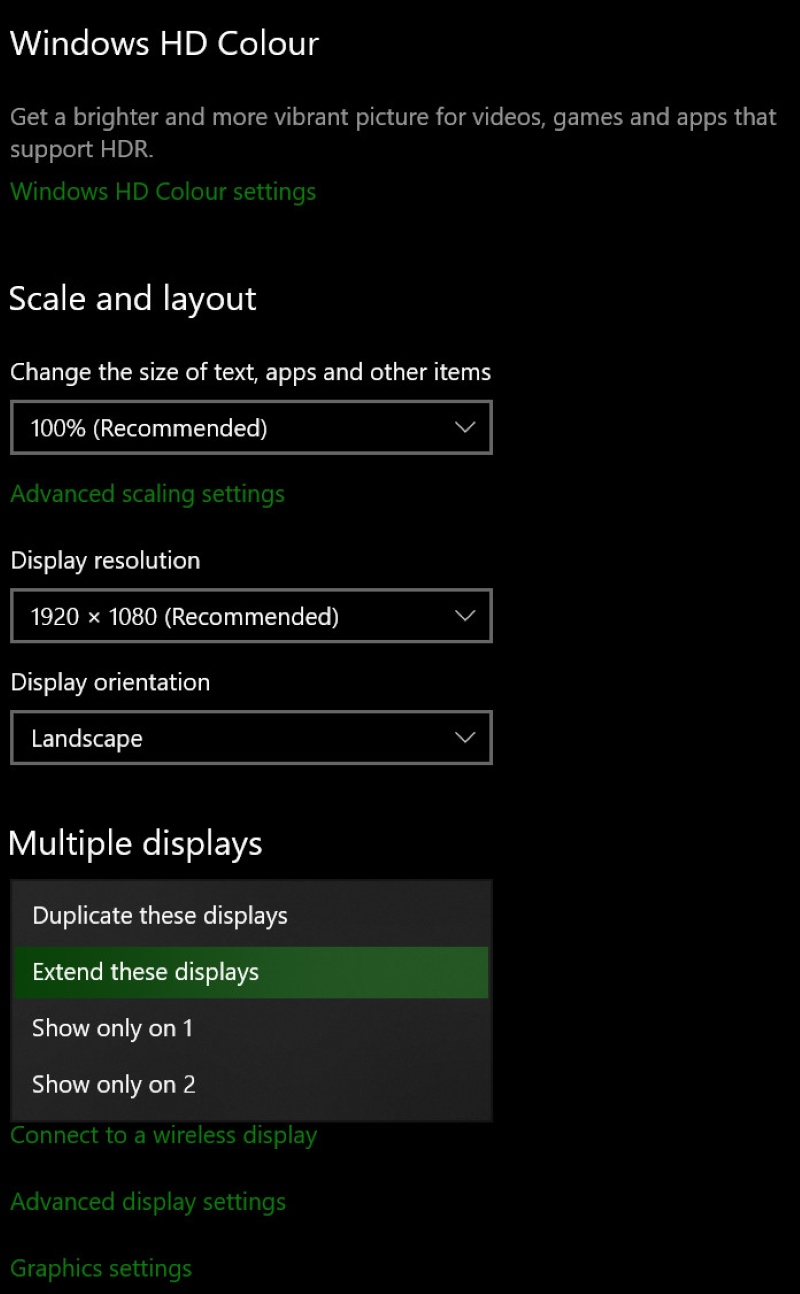
Step 5: Adjust the resolution setting to 4K (3840×2160) for the 4K monitor.
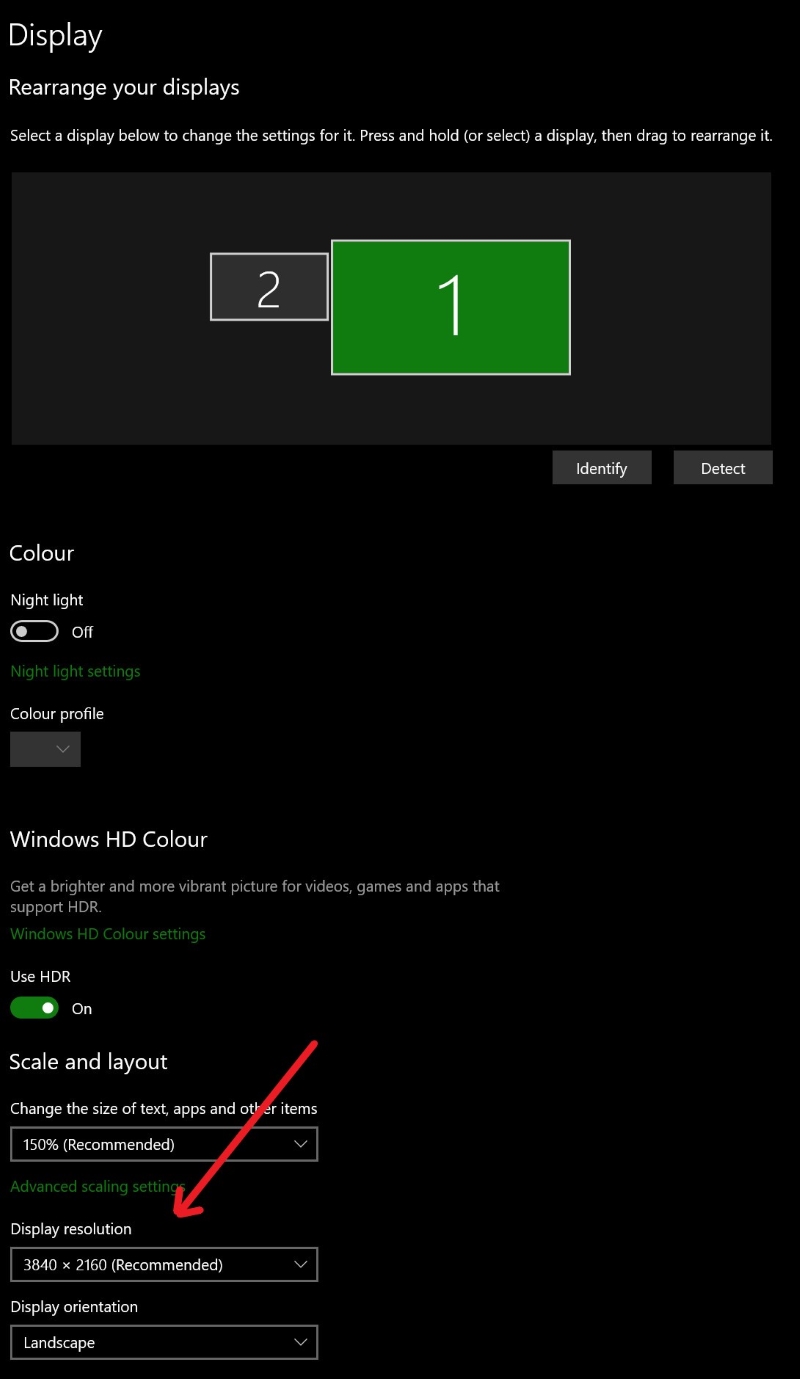
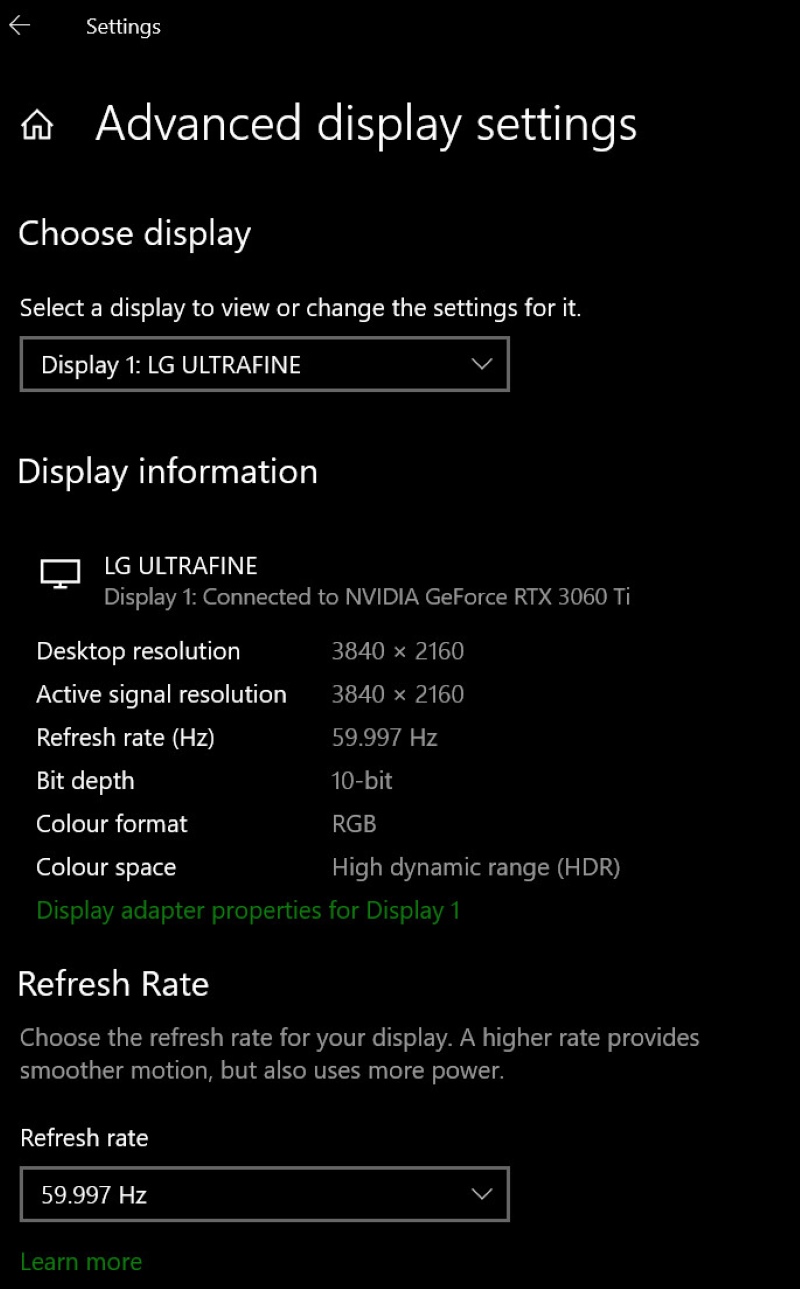
Step 6: Set the resolution for the FHD monitor to the FHD (1920×1080) option.
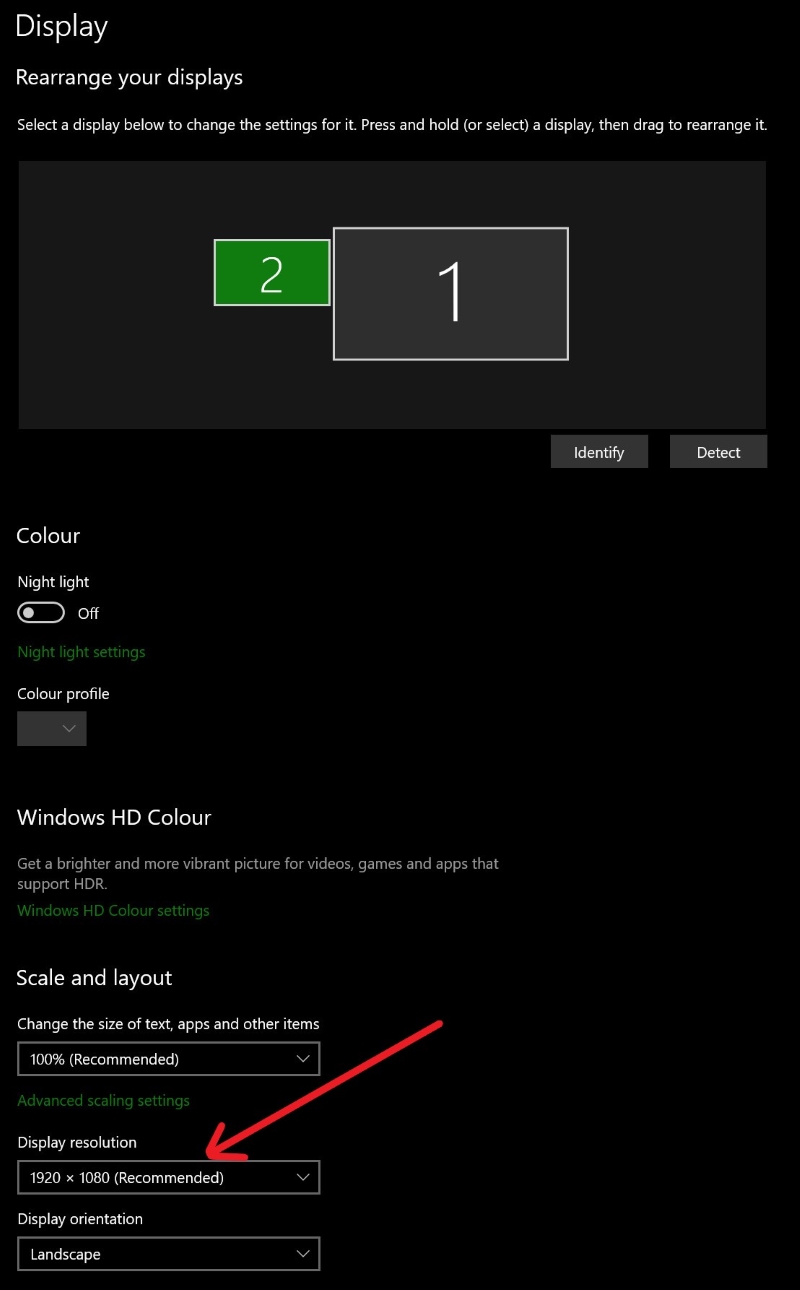
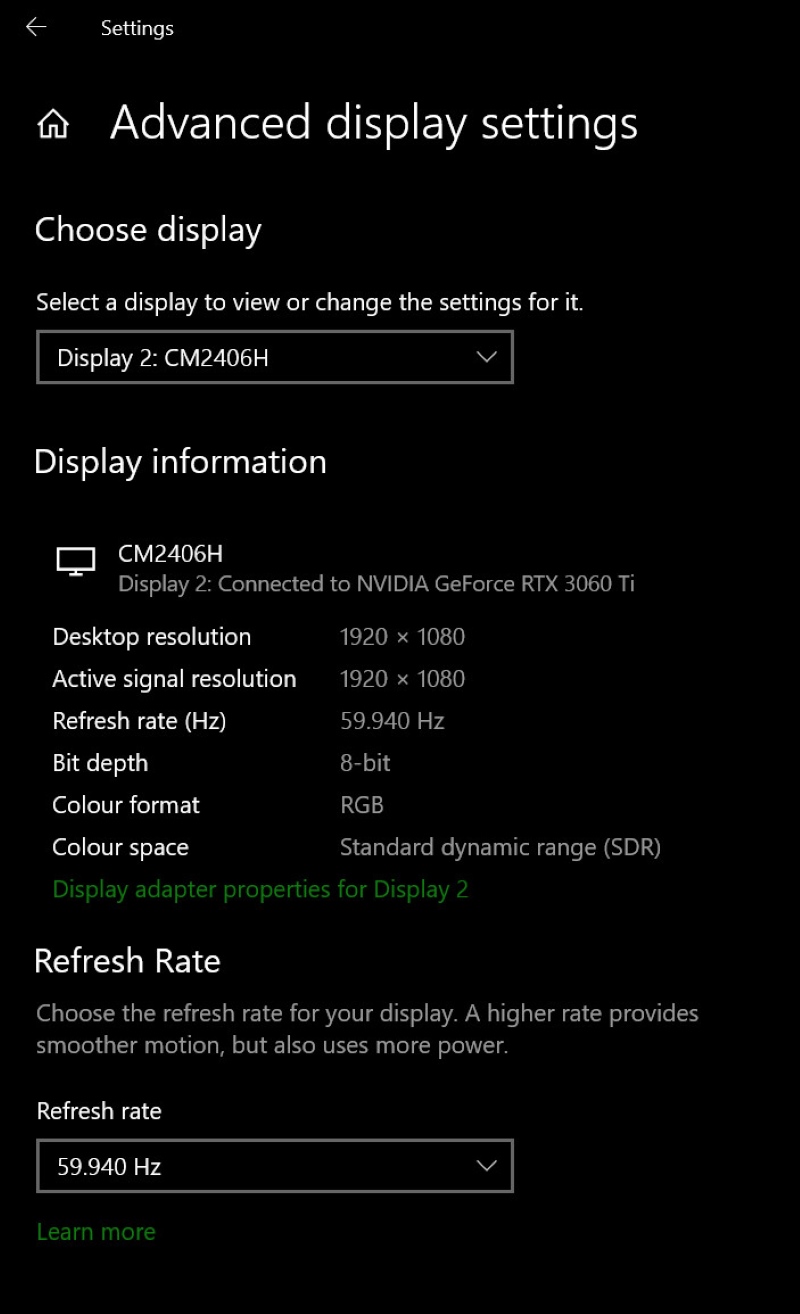
You also have the option to adjust the scaling percentage for text size, apps, and more, according to your preference.
Plus, if one of your monitors is set up in portrait mode, you can switch the display orientation from Landscape to Portrait.
And feel free to choose a monitor as your primary one whenever you want.
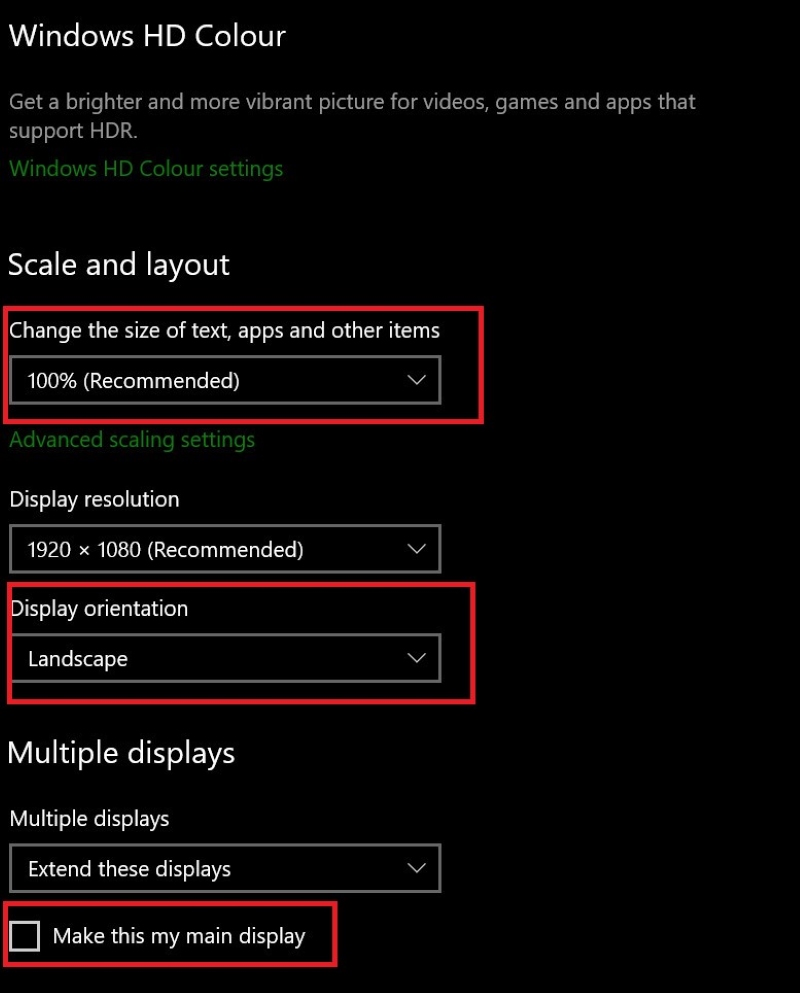
Step 7: Lastly, don’t forget you can arrange the physical layout of your monitors to suit your needs.
For example, I prefer my secondary monitor on the left of my main one.
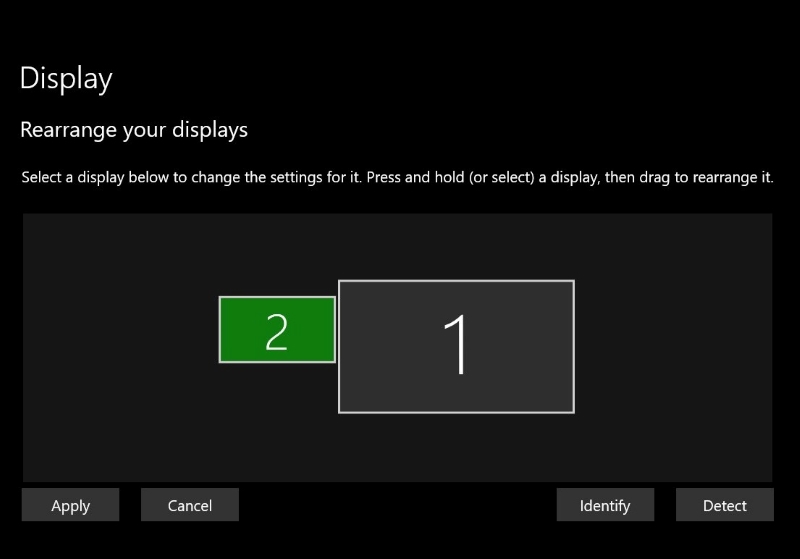
And that’s it! Your dual-monitor setup, with both a 4K and a 1080p monitor, is ready to go.
You can now enjoy a bigger and more flexible workspace for your projects or entertainment.
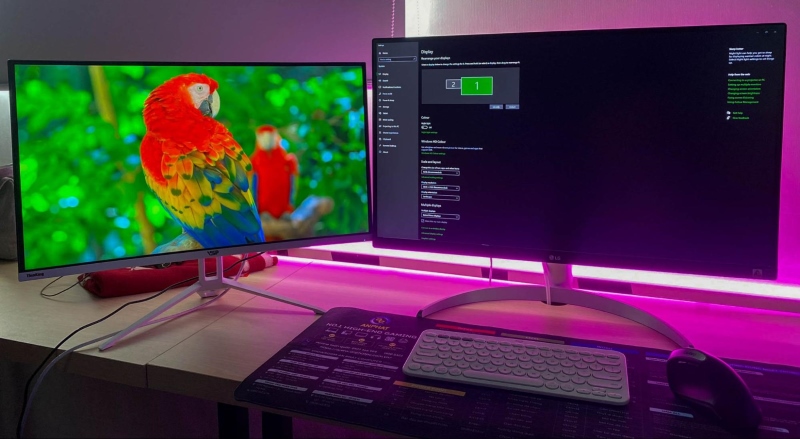
Bonus: USB-C Docking Station for a Multi-Monitor Laptop Setup
Enhancing your laptop with a multi-monitor setup is now effortlessly achievable with the Selore USB-C Docking Station.
- Docking Station 3 Monitors: USB C to dual HDMI Adapter 4K (1*60HZ & 1* 30HZ), 1*4K@60HZ DP, 1*1080P...
- USB C Port Fast 100W PD Charging: Laptop docking station dual monitor adapter features a powerful...
- Docking Station 4K Display Adapter: The usb c hdmi hub for multiple monitors adapter with Dual HDMI...
(Paid Link.)
This innovative tool is perfect for those who want to expand their laptop into a dual or even triple-monitor display.
Most laptops come with only one HDMI port for an extra screen, but this docking station overcomes that limitation.
By using the docking station’s USB-C connection with your laptop, you can set up two or three monitors, as the docking station includes two HDMI ports, a DP (DisplayPort) output for modern monitors, and a VGA port for older models.
Note: Ensure that your laptop’s USB-C port supports video output (DisplayPort Alt Mode) before purchasing this docking station. I already have a detailed instruction on how to check this, read here to learn more.
Meet Vance. He’s a proud dad, a seasoned Electronics Engineer, and an avid tech lover. His proficiency in electronics and troubleshooting skills were instrumental in crafting Pointer Clicker. Vance is passionate about simplifying tech for those who aren’t well-versed in it.



Hello, this was very helpful. I was able to keep the 4k monitor displaying at it’s resolution and the 1080 p monitor at that. However when I tried upscaling the 4k monitor, when I tried to move the window from the 1080p screen to the 4k monitor it looked smaller and scale heightening wasn’t able to correct it.